The alphabet soup of safety acronyms
When it comes to safety gear for sailboats and other vessels, acronyms start to pile up pretty quickly. Those new to the sport (and even those who aren't) might rightly get a bit intimidated by all the gargon that sometimes flies around. With time, even a seasoned sailor can get a little fuzzy on what the letters stands for, so to help sort it all out, we've pulled together a list of 10 safety acronyms and spelled them out with explainations.
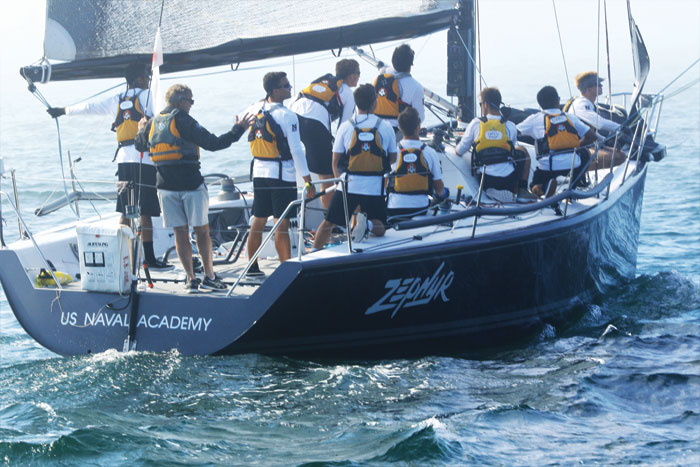
Ten sailing and boating safety acronyms spelled out
- AIS: Automatic Information System
Automated tracking system that displays other vessels in the vicinity; your boat shows on the screens of other vessels in the vicinity if your vessel is fitted with AIS and it’s turned on. - ATON: Aid to Navigation
Buoys and markers that guide vessel operators through waterways; may be lighted or unlighted. - DSC: Digital Selective Calling
Allows mariners to instantly send with the push of a button an automatically formatted distress alert, without holding or standing by a speaker.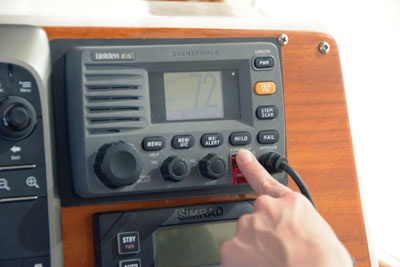
Sailing safety is enhanced with DSC, which sends a distress alert with the push of a button. Image courtesy of BoatUS
- EPIRB: Emergency Position Indicating Radio Beacon
Alerts search and rescue services by transmitting a coded message; transmits a homing signal for rescuers to find those in distress; registered to a vessel; water or manually activated; Find registration information here.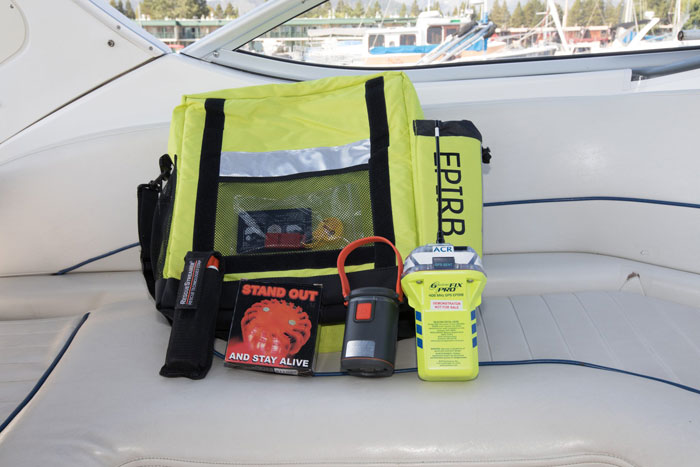
An Emergency Position Indicating Radio Beacon transmission helps rescuers find those in distress. Image courtesy of the National Safe Boating Council
- MMSI: Marine Mobile Service Identity
Unique number assigned to a DSC radio or an AIS unit; information provided when obtaining a MMSI number is transferred into the U.S. Coast Guard’s national distress database for use in emergency situations. - PLB: Personal Locator Beacon
Alerts search and rescue services by transmitting a coded message; registered to an individual; manual activation; need to be registered.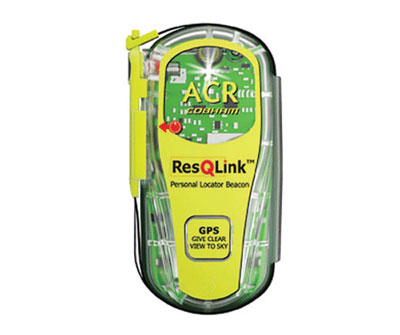
A Personal Locator Beacon is an appropriate piece of safety equipment for sailing and other adventures. Image courtesy of BoatUS
- SARSAT: Search And Rescue Satellite Aided Tracking
System operated by NOAA to detect and locate mariners, aviators, and recreational enthusiasts in distress. - SERS: Safety Equipment Requirements
A list of required safety equipment initially compiled by US Sailing to provide sailing race organizing authorities an option to specify safety equipment requirements and the ability to modify requirements for their particular event; may be used as a guide by all sailors, whether racing or not. - SSB: Single Sideband (radio)
Capable of communication with multiple people; free to use; capable of receiving weather reports and sending or receiving email. May come with DSC; replaced to some degree by satellite communications. - VHF: Very High Frequency; two-way radio transceivers
Handheld has short range voice communication up to five miles to other vessels and 20 miles to land; works on line of sight; shorter ranged than mounted.
Mounted has a masthead antenna; remote handset may be added.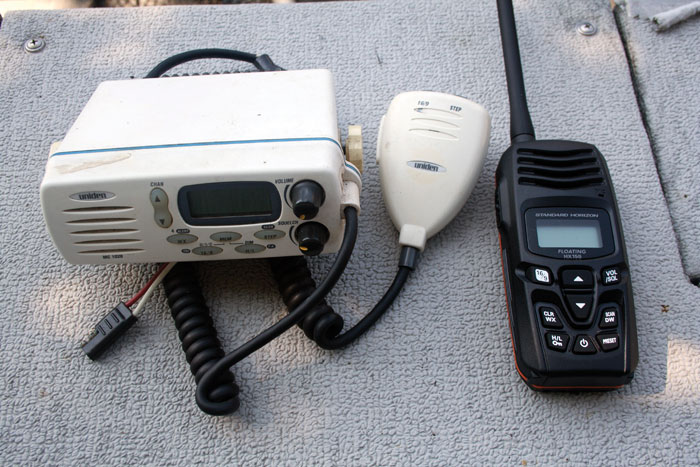
For distance sailing, safety-minded radio options would include both a mounted and handheld VHF radio.
Want to talk like a sailor? Click here for a list of 22 terms that all sailors know.
Enjoy this article? Find out when our new issue comes out by signing up here.




